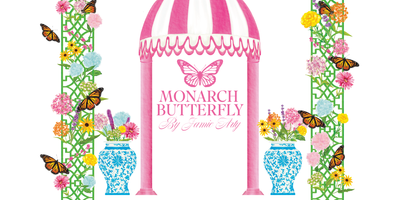
One Sided Beardtongue
- Free worldwide shipping
- In stock, ready to ship
- Inventory on the way
ABOUT YOUR SEED:
Life Cycle: Perennial
Sow: Beardtongue, One-Sided seeds can be sown directly in the garden in the spring or fall. They can also be started indoors 6-8 weeks before the last expected frost for earlier blooms.
USDA Zones: Beardtongue, One-Sided is well-suited to USDA Zones 4-8.
US Regions: Beardtongue, One-Sided is native to various regions in North America, including the central and western parts of the United States.
Stratification: Beardtongue, One-Sided seeds do not require stratification, but some gardeners may choose to cold-stratify them for improved germination.
Germination Ease: Moderate. Beardtongue seeds can be a bit slow to germinate but are generally reliable.
Sunlight: Full sun to light shade. Beardtongue, One-Sided typically prefers full sun but can tolerate some light shade.
Height: Beardtongue, One-Sided typically reaches a height of 1 to 3 feet (approximately 0.3 to 0.9 meters).
Color: The flowers of Beardtongue, One-Sided are typically violet to lavender, creating a lovely and visually appealing display.
Bloom Season: Beardtongue, One-Sided generally blooms in late spring to early summer, providing a vibrant display of violet to lavender flowers.
Uses: Beardtongue, One-Sided is a valuable native plant for wildlife gardens, pollinator habitats, and natural landscapes. It attracts pollinators like bees and hummingbirds with its nectar-rich flowers and adds beauty to gardens and meadows.
Description: Beardtongue, One-Sided (Penstemon secundiflorus) is a perennial native plant that's highly valued for its violet to lavender flowers and its role in supporting pollinators. This plant can be sown directly in the garden in the spring or fall, or started indoors for earlier blooms. It's well-suited to USDA Zones 4-8 and is native to various regions in North America.
Beardtongue, One-Sided typically reaches a height of 1 to 3 feet and produces clusters of violet to lavender flowers. These flowers are not only visually appealing but also provide nectar for pollinators, making it a valuable addition to wildlife gardens and pollinator habitats. It typically blooms in late spring to early summer, contributing to the vibrancy of the landscape during this period.
The plant's name "Beardtongue" is derived from the small, sterile stamen (staminode) inside the flower, which has a tuft of fine hairs that resemble a beard. Beardtongue, One-Sided adds beauty and ecological value to gardens, meadows, and natural landscapes while attracting pollinators like bees and hummingbirds.


